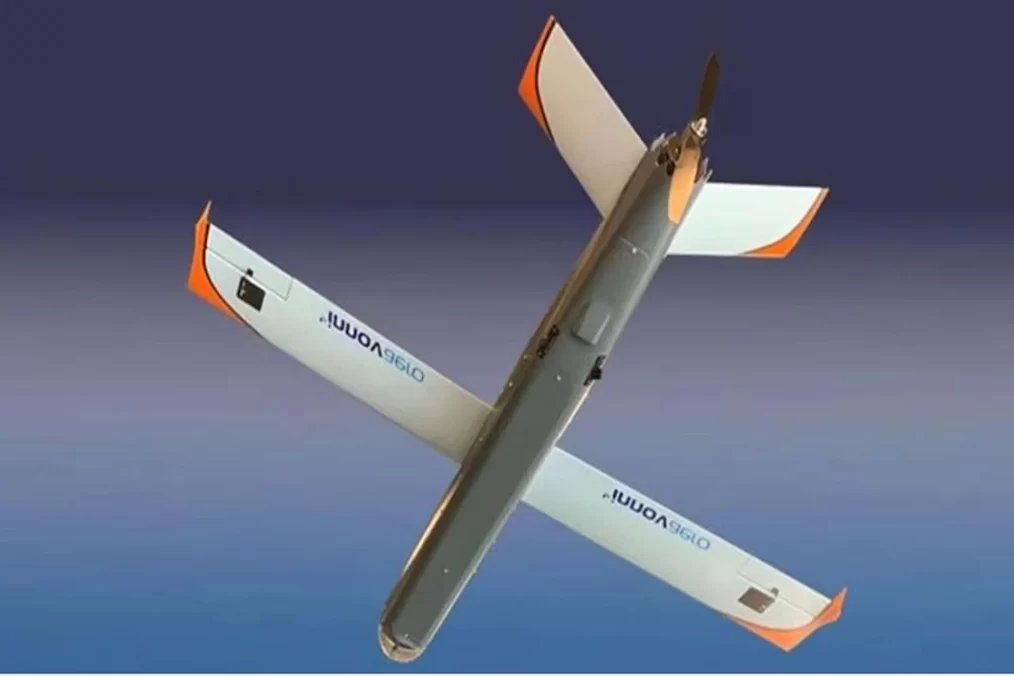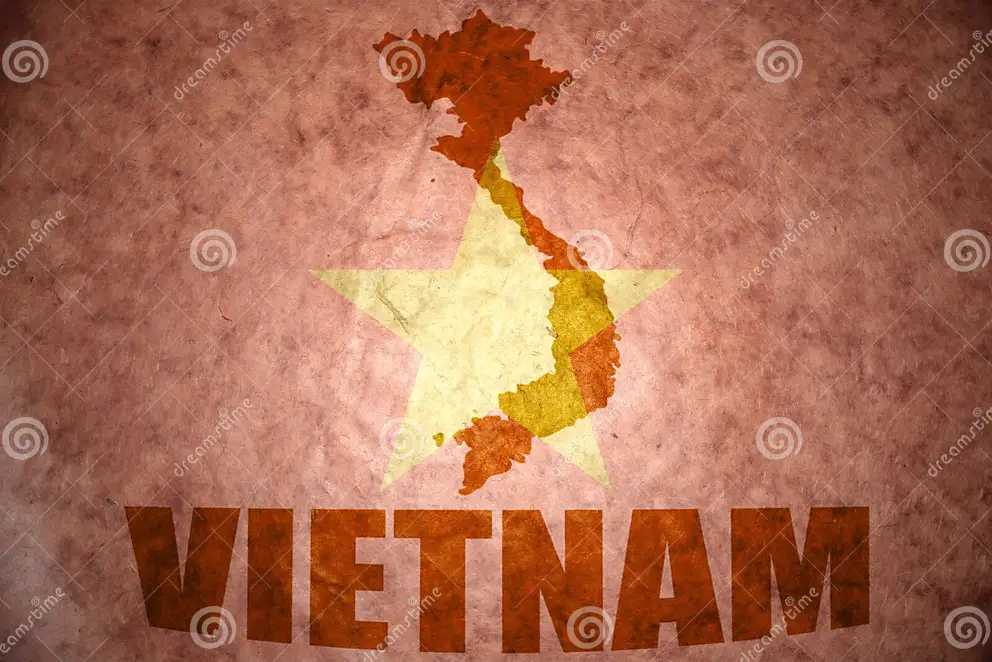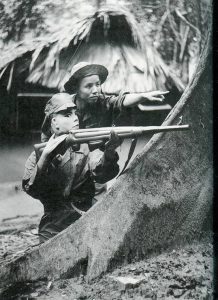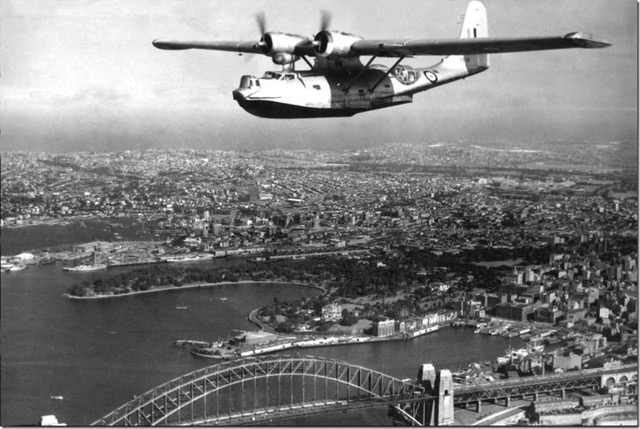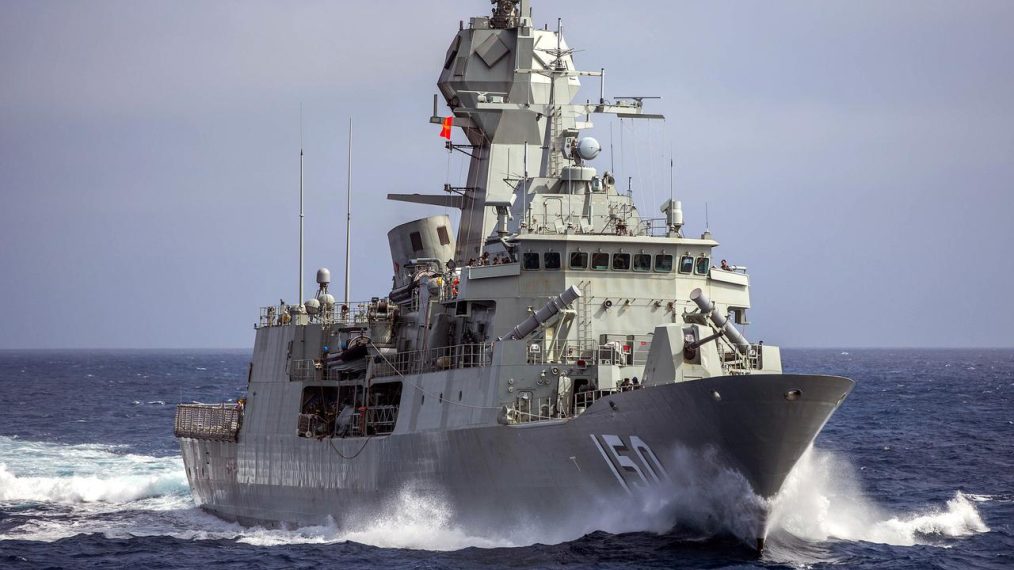ED: Below is a lengthy article by David Pearl, this is my summery of his article.
The article criticises the CSIRO’s latest GenCost report, which claims that wind and solar energy are the cheapest electricity generation technologies, cheaper than nuclear power. The author argues that the report’s reliance on the Levelised Cost of Electricity (LCOE) is flawed, as LCOE measures total costs without considering revenue or profitability. This omission means the report does not provide a complete economic picture, particularly for intermittent renewable energy sources like wind and solar, which only generate power 20-40% of the time.
David Pearl contends that dispatchable power sources (like coal, gas, and nuclear) have a significant commercial advantage because they can meet demand based on market prices, unlike wind and solar, which depend on weather conditions. As a result, wind and solar require substantial government subsidies to remain viable. The article calls for a comprehensive audit of renewable energy costs, including subsidies, system-wide costs, and the economic impact on regional communities. David Pearl argues that such an audit would reveal that the promotion of renewable energy is leading to a significant wealth transfer from low- to high-income Australians, benefiting a select few at the expense of the broader community.
The biggest deliberate transfer of wealth ever seen.
By David Pearl – Spectator
Always be suspicious of an expert report that appears to serve a crude ideological purpose. Always be on the lookout for the big lie dressed up in the language of science.
On May 22, the CSIRO’s latest GenCost report was released. It claimed that large-scale wind and solar are the lowest-cost electricity generation technologies, significantly under-cutting nuclear power alternatives. Chris Bowen was quick to seize on this: ‘Our reliable renewables plan is backed by experts to deliver the lowest cost energy,’ he said, on the day of its release.
Debate on the GenCost report has focused on its treatment of nuclear power. But commentators have missed a fatal flaw in the report’s methodology. Its reliance on a cost metric (the so-called Levelised Cost of Electricity or LCOE) that, by its authors’ own admission, is no ‘substitute’ for ‘more realistic’ ways to analyse electricity generation costs, including cash flow analysis.
Buried on page 64 of the report, this gives the game away. LCOE is an accounting metric, not an economic one. It measures the total unit costs a generator must recover to meet all expenses – plant, equipment, land, raw materials, and labour – including a return on investment. It says nothing about the revenue side of the commercial equation: What prices can the generator earn on the wholesale market and, given their costs, what profits can be earned?
For economists, nothing sensible can be said about a service’s economic value, and therefore economic cost, without this additional information.
Think about it. An unreliable car that costs far less to make than a reliable one could not be said to be ‘cheaper’ than the latter if it has no value for consumers. If, as is almost certain, it could not be sold at a profit, society would be in fact worse (not better) off for devoting capital, land and labour to its production. It is value-subtracting from an economic point of view, not value-adding (unless any external benefits it brings outweigh them).
By the same logic, an inherently unreliable source of power, like solar or wind, cannot be said to be cheaper in an economic sense than a reliable source of power, regardless of how much it costs to supply when the sun is shining and the wind is blowing, which as we know is only 20 to 40 per cent of the time.
To make the same point in a different way. For the 60 to 80 per cent of the time when intermittent power cannot be supplied at any price, its economic cost can be said to be infinite.
As the eminent MIT economist Paul Joskow has pointed out, the LCOE metric ignores the decisive commercial advantage dispatchable power, in whatever form, enjoys over wind and solar generation.
An operator of a coal, gas, and indeed nuclear power facility can gear their operation to meet expected consumer demand as reflected in wholesale market prices. In contrast, for intermittent wind and solar, consumer demand can only ever be satisfied – and profits earned, leaving subsidies to one side – by accident. Literally as a quirk of prevailing weather conditions.
In this respect, wind and solar are more akin to agriculture than manufacturing, liable to suffer from gluts (when it is sunny and all solar capacity is operating), droughts (on cloudy or windless days), and mismatches (when it is windy at times when power demand is minimal). Intermittent revenues, absent guaranteed returns, are inherently unreliable.
When combined with the very high fixed capital costs of renewable projects, this fact explains why wind and solar developers need huge subsidies despite their very low marginal costs. Why, in the absence of this taxpayer support, large-scale wind and solar operators would go out of business.
The GenCost LCOE measure blinds us to this inconvenient truth. It asserts that wind and solar are cheap, but cannot explain the subsidies they need. On this ground alone, it should be rejected. From the public’s perspective – from the point of view of consumers – it obscures and indeed misleads rather than enlightens. A private business using this marketing trick would never get away with it, yet government ministers go uncriticised.
When the Australian economy was collapsing under the economic weight of protectionism in the late 20th Century, the Productivity Commission’s predecessor agencies courageously publicised the economic costs of this policy. At first these reports were ignored, as both the Coalition and Labor politicians proudly boasted of being protectionist (the term didn’t become a pejorative one until the 1970s), but eventually they were taken notice of and influenced policy.
Today, the same critical spotlight should be applied to the costs of wind and solar power, which include: 1. the direct cost of subsidies for them; 2. the system-wide costs – including transmission, storage and back-up dispatchable power – they impose (this would include the cost of subsidies to keep coal-fired power stations operating); 3. the uncompensated economic, social and environmental losses wind, solar, and new transmission lines are inflicting farmers and others living in regional communities (an unprecedented expropriation of property rights); and 4. the welfare costs of a more volatile and less reliable grid (given that additional storage, with current technologies, cannot smooth things over if the renewable share continues to rise).
This renewable energy audit should be embraced by all in the community, regardless of their views on climate change, Net Zero and the merits of nuclear energy. It should be demanded by not only the opposition, but all Labor people who worry about the mounting economic pain being caused by the government’s renewable-only crusade.
Of course, the renewable industrial complex – which reaches deep into the bureaucracy, corporate world, the media and our academic institutions – can be relied on to bitterly oppose such an exercise.
For them at least, this form of sunlight would not be the best form of disinfectant. Rather, it would lay bare the billions of dollars of rents a select few are extracting from the rest of the community, possibly the biggest deliberate transfer of wealth from low to high-income Australians we have ever seen.

